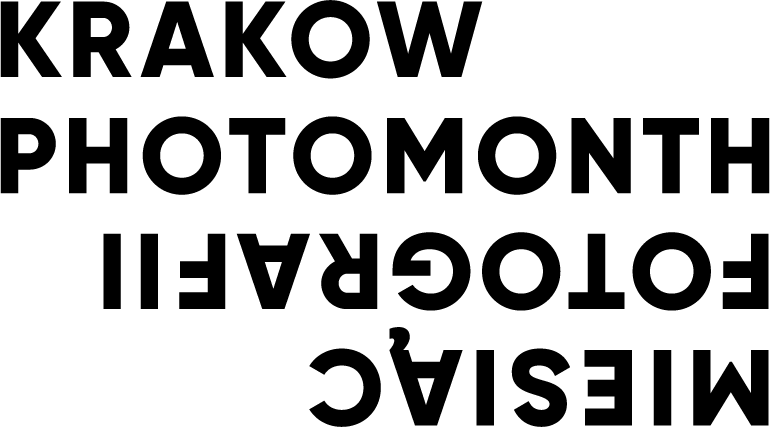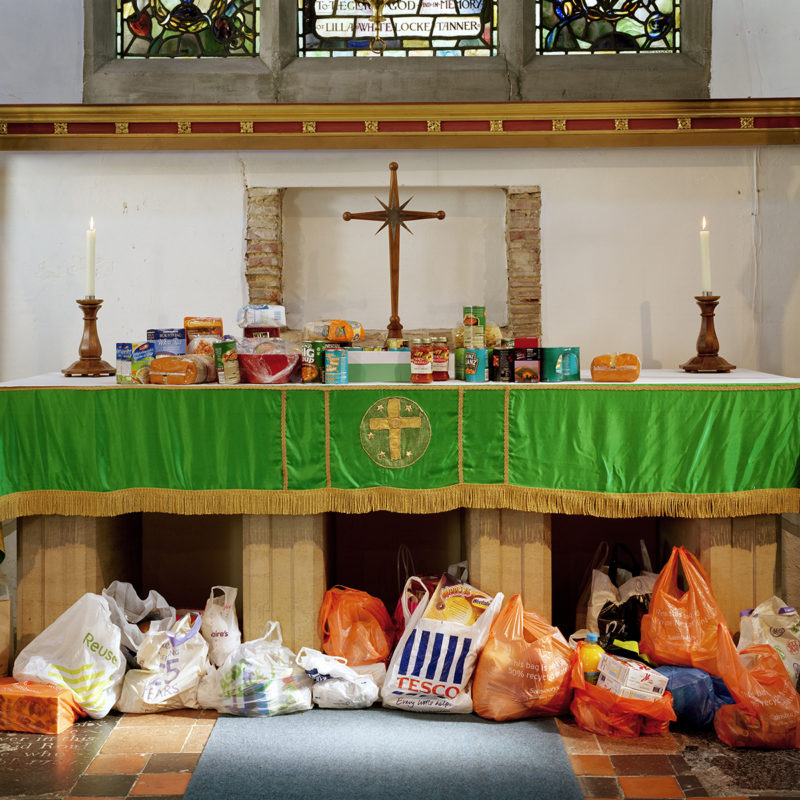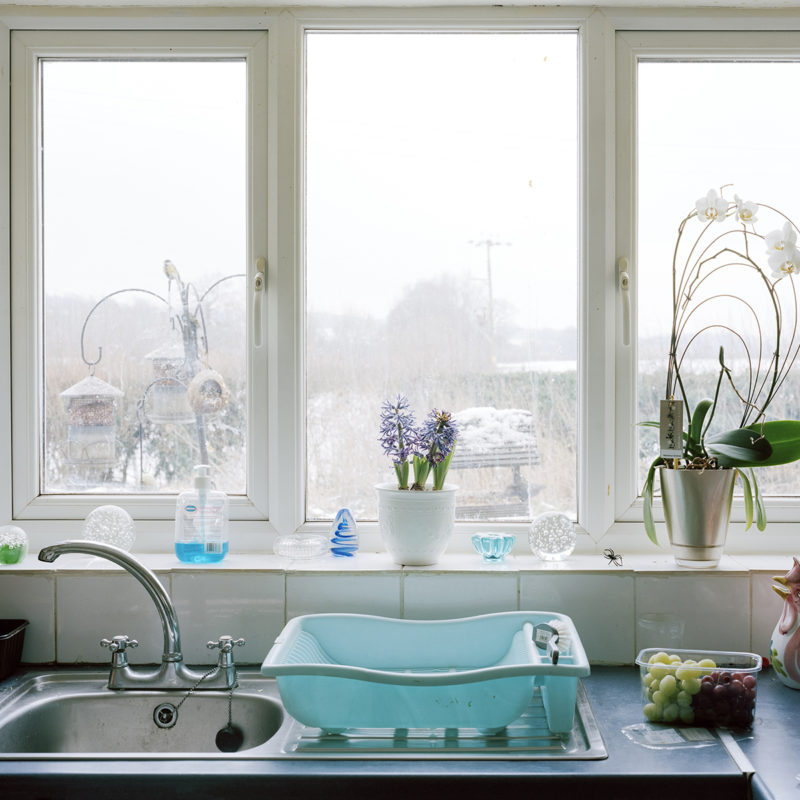Andy Sewell, Something like a Nest
Something like a Nest explores the space between the countryside as an idea and the messier, more complex experience we find there.
The countryside is often depicted as an organic, self-contained world. As an escape from modernity with clearly defined connections between people, place, food, and custom. Or, more rarely, through the equally sealed alienation of intensive farming. But what is there is always more fluid, mysterious, and entangled than this.
A kitchen sink looking out onto fields. We sense someone washing up here each day while watching the seasons change. There are grapes flown in from thousands of miles away sitting on the worn, laminated countertop, a bottle of detergent, a plastic dish drainer. Their backlit blues are harmonious but jarring, icier than the snowy scene outside. Elsewhere, a hatchling goldfinch, a tender, fuzzy talisman, with its feet cinched between weathered human hands; a royal blue industrial pipe, half buried in the undergrowth, slithering snakelike toward a pair of boys fishing; a jungle of hothouse tomato vines erupting from white plastic and wires; stalks of rhubarb splaying pink from a bright orange basin.
As we look closer, we see the modern and the traditional, the natural and the synthetic, the local and the distant, the idyllic and the unsettling, are enmeshed within each other. These categories are not interchangeable, but the boundaries between them are permeable. There is no clean escape, no meaningful way of separating one from the other.
Andy Sewell’s (b. 1978, UK) first book, The Heath, was a winner of the International Photobook Award and is included in Martin Parr’s and Gerry Badger’s The Photobook: A History vol. III. His work is driven by a fascination with the contradictory quality of seeing. The feeling that as we look closer at things they become more lucid, more themselves; and yet, at the same time, more entangled, unknowable, and mysterious. He has had solo exhibitions in the UK, France, US, and China. His work is contained in collections including those of the V&A Museum, the Museum of London, Columbia University, and the National Science and Media Museum.
Place:
Bunkier Sztuki Gallery of Contemporary Art
pl. Szczepański 3a
Opening:
26.04.2019, 6 pm
Exhibition open:
27.04–16.06.2019
Tue–Sun 11.00–19.00
TIckets:
6 PLN / 12 PLN





